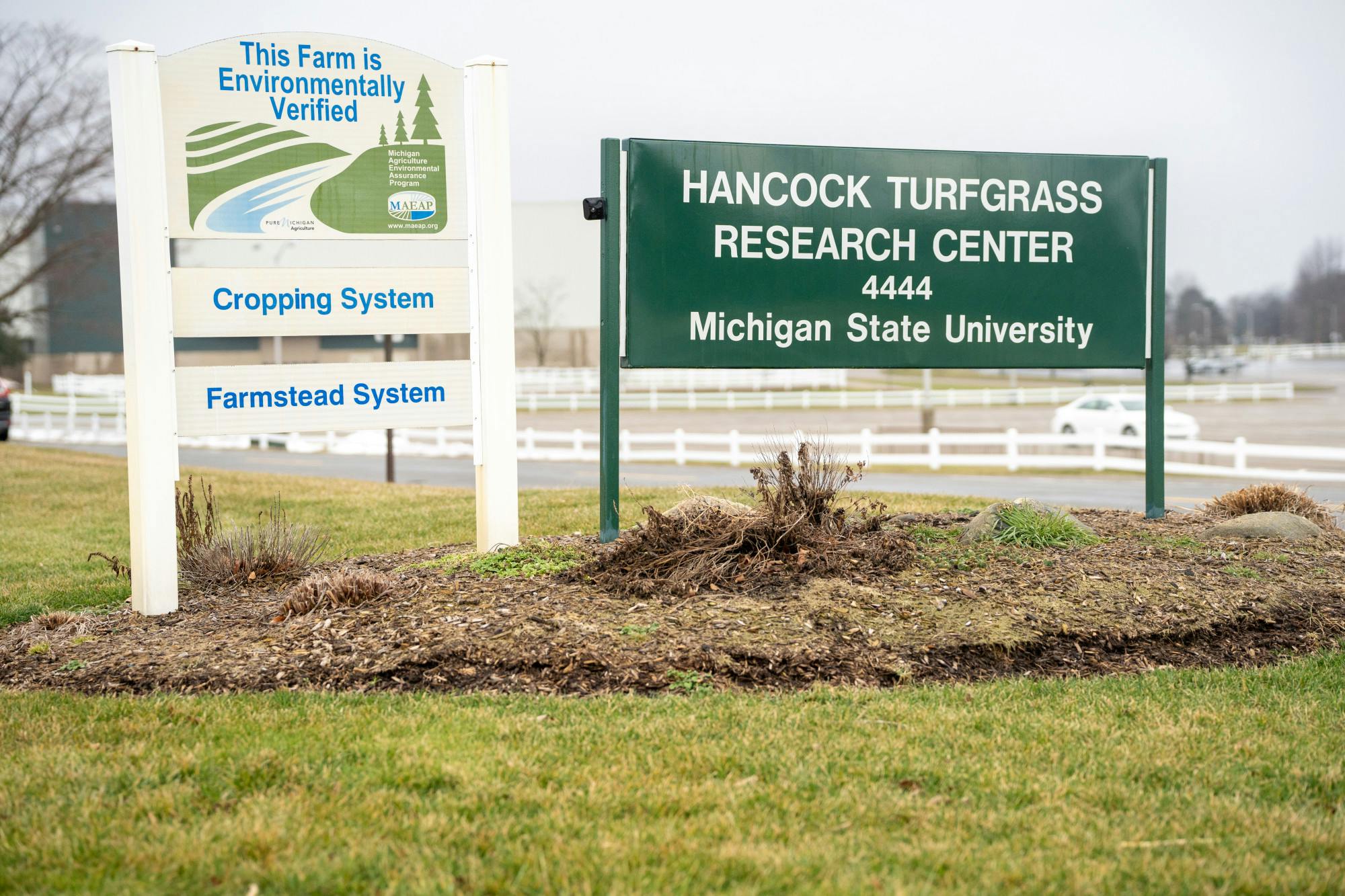Michigan State University’s board has approved a partnership with the International Federation of Association Football, or FIFA, in which the global soccer overseer will fund research and development of natural grass playing surfaces for the 2026 North American World Cup.
Many of the cup’s games will be played in covered, artificial-turf, NFL stadiums. To meet FIFA’s mandate of natural grass playing surfaces, the researchers will have to design turf-grass systems which can be temporarily placed inside the stadiums and remain playable for up to 60 days.
MSU Turf-Grass Research Professor John Trey Rogers will lead the effort at MSU. His team will work alongside researchers at the University of Tennessee, who are led by a former Ph.D. candidate of Rogers.
Rodgers said former student, John Sorochan, was approached by FIFA in 2020, and insisted the research would be best completed as a joint project with MSU.
To test the designs, FIFA will fund the construction and maintenance of indoor testing facilities at MSU and in Tennessee. The East Lansing facility will be located south of campus along Farm Lane, with construction set to begin in April. Rogers said having these indoor facilities will allow them to test various lighting and chemical treatments year-round.
One of their major challenges will be thwarting potential disease, which Rogers says thrives in low-light conditions.
“I would liken this to a dark shower,” Rogers said. “If you don't keep it clean, think about all the mold and fungi that comes in because there's no light there, a dark wet place. That's what happens in any kind of indoor situation.”
Specifically enough, MSU’s turfgrass department has experience in indoor grass for North American world cups. In 1994, MSU researchers designed and installed a natural playing surface for the now-demolished Pontiac Silverdome.
For 2026, similar surfaces will be designed and tested for the 16 stadiums across the continent. On top of those sites, the researchers will advise FIFA on the dozens of practice facilities that will be constructed or outfitted for the 48 teams competing.
Rogers said scale poses a unique challenge to his team.
“They've all got little bitty twists that make them a little bit different than the other one,” Rogers said. “What we're doing is basically testing in an absolute zero light environment, worst case scenario, and building it from there. So that at no point when we get into a stadium, they’ll have anything we haven't researched for.”
Rogers will be assisted by four MSU students, Ph.D. Candidates Ryan Bearss and Jackie Guevara, M.S. student Jake Kilby, and research assistant Evan Rogers.
Though the games are still years away, Rogers said his team is already hard at work and feeling the pressure.
“We've been working on this for about a year and a half, and if you let it get to you, it can be a little bit difficult to sleep,” Rogers said. “However, the one thing that we do have on our side is experience and success. We put the field in a Spartan Stadium, we did the project for the ‘94 World Cup, we've done a couple of the Olympics where we've built fields, so we know the formula. But, we haven't done anything quite this large.”



